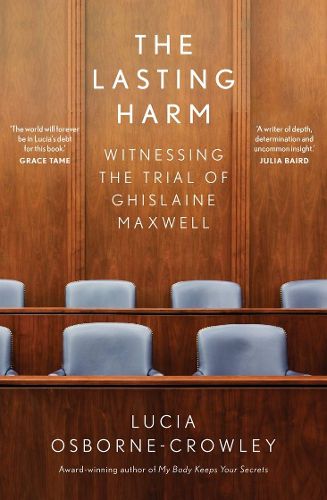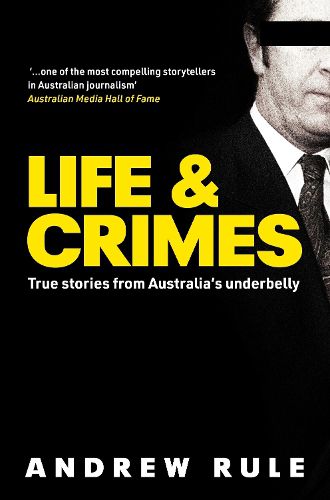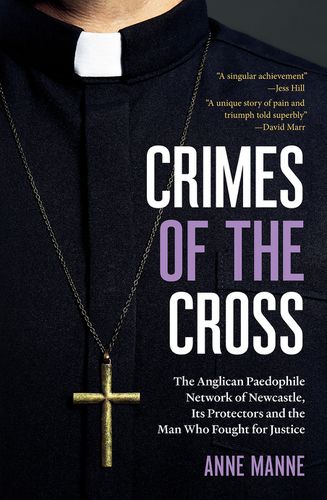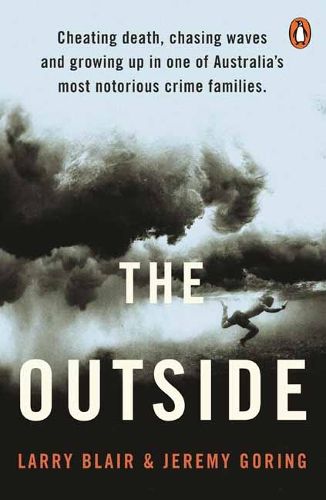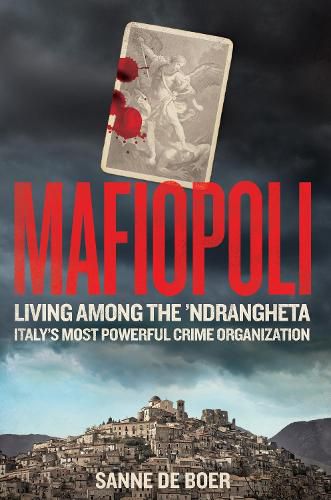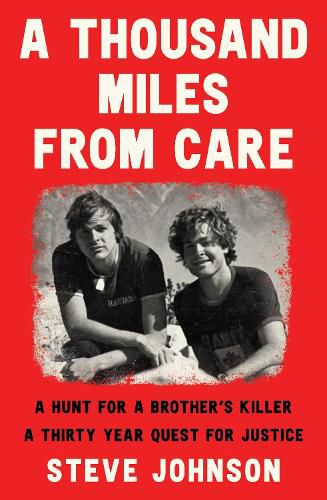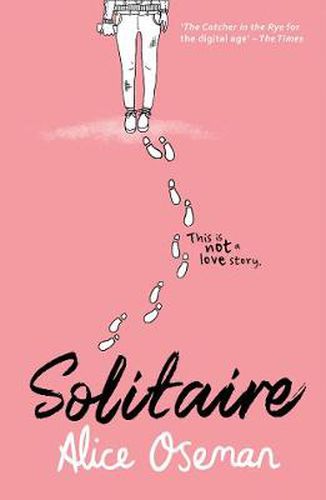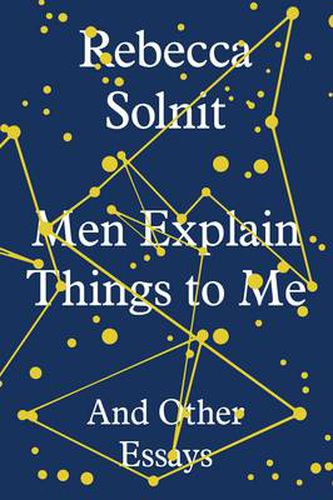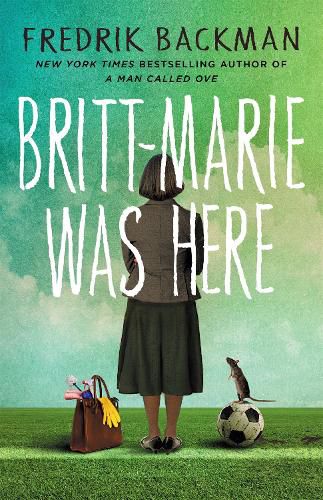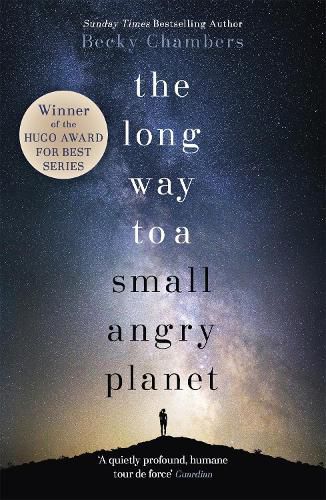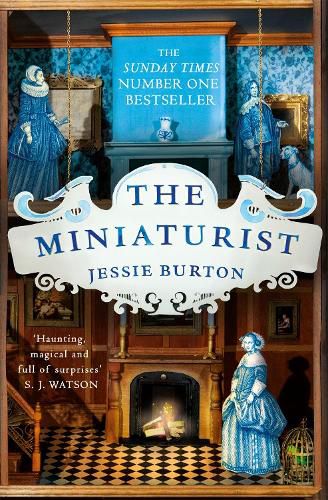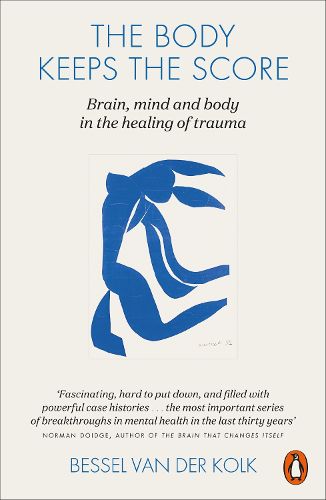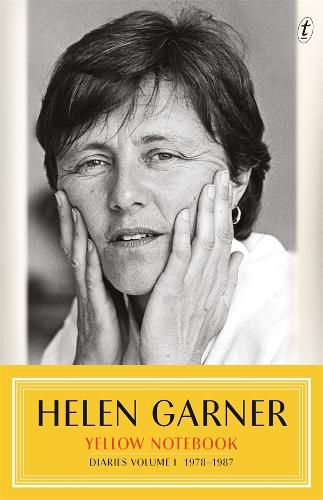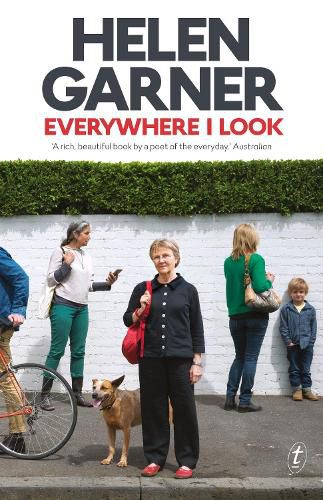This House Of Grief
Helen Garner
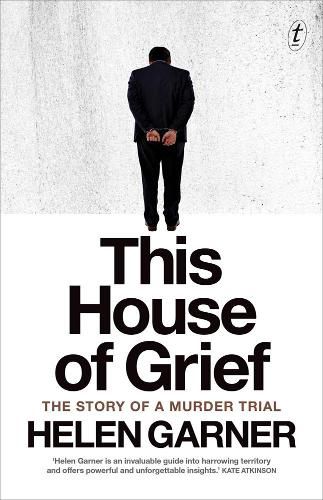
This House Of Grief
Helen Garner
Anyone can see the place where the children died. You take the Princes Highway past Geelong, and keep going west in the direction of Colac. Late in August 2006, soon after I had watched a magistrate commit Robert Farquharson to stand trial before a jury on three charges of murder, I headed out that way on a Sunday morning, across the great volcanic plain.
On the evening of 4 September 2005, Father’s Day, Robert Farquharson, a separated husband, was driving his three sons home to their mother, Cindy, when his car left the road and plunged into a dam. The boys, aged ten, seven and two, drowned. Was this an act of revenge or a tragic accident?
The court case became Helen Garner’s obsession. She followed it on its protracted course until the final verdict. In this utterly compelling book, Helen Garner tells the story of a man and his broken life. She presents the theatre of the courtroom with its actors and audience - all gathered to witness to the truth - players in the extraordinary and unpredictable drama of the quest for justice.
This House of Grief is a heartbreaking and unputdownable book by one of Australia’s most admired writers
Review
Belle Place
It’s difficult to loudly sing the praises of a book that covers such a harrowing subject. I had anticipated the release of Helen Garner’s new non-fiction since early in the year, though the title of the work, in itself, seems to request a hushed reception. On Father’s Day in 2005, a car driven by Robert Farquharson, carrying his three young sons, veered off the highway outside of Winchelsea and plunged into a dam. Farquharson swam to shore, but his children drowned. In This House of Grief, Garner follows the subsequent murder trial, a case that stretched over eight years, and seeks to answer the incomprehensible: was Farquharson’s a deliberate act?
It would be misleading to say this is an enjoyable read, but it ripples with the strength of Garner’s prose: she portrays the courtroom vividly, bringing the parading barristers, Farquharson’s indignant sisters and string of frustrated expert witnesses all piercingly to life. Over the days that I read this book I felt like I sat there with her, behind the scrimmage of journalists, a sullen, sunken Farquharson just beyond my direct gaze. He is perhaps the haziest of characters here – Garner never speaks with him or his immediate family. Though after finishing the book I’m stuck with the image Garner paints of him holding a handkerchief to his wincing, puffed face. Small details like these are riveted to my memory, an effective technique of Garner’s.
It takes time to feel Garner’s point of view. She positions herself as a divorced woman, and this tenders her narration with an interesting perspective as it suggests she might feel sympathy, even just a thread, for the embittered ex-husband. Do we, as readers, feel a flicker of this too? When the murder trial begins, Cindy Gambino, Farquharson’s ex-wife, attests on the stand to belief in his innocence. The narrative turn comes in step with the change in testimony of Gambimo, who, in the retrial three years later, says she now believes Farquharson’s actions were intentional. We are jolted from the semantics of witnesses endlessly going over tyre treads in the grass, or misplaced yellow paint marks made by the Major Collision unit on the bitumen where the car was thought to have left the road, to something that feels closer to a truth, however elusive. This is a gut-wrenching, tense study of a murder trial, brilliant in its precision and perception.
This item is in-stock at 5 shops and will ship in 3-4 days
Our stock data is updated periodically, and availability may change throughout the day for in-demand items. Please call the relevant shop for the most current stock information. Prices are subject to change without notice.
Sign in or become a Readings Member to add this title to a wishlist.



